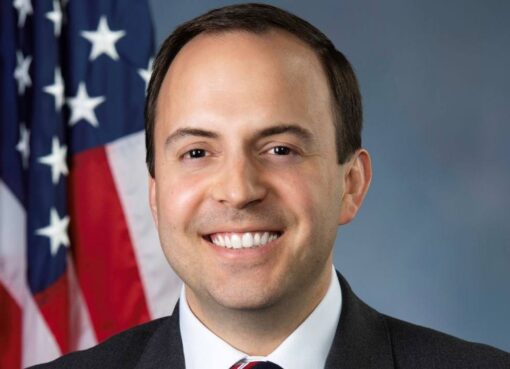In a highly anticipated development, the United States Securities and Exchange Commission (SEC) granted regulatory approval for 11 spot Bitcoin ETFs, sparking excitement within the crypto community.
However, despite initial expectations of a significant price surge, the Bitcoin market has experienced an 8% price drop since the ETFs began trading.
Bitcoin ETFs To Unfold Impact Over Time?
Drawing a comparison with the launch of the first Gold ETF, Cantor Fitzgerald Asset Management CEO, Howard Lutnick, noted that the immediate rush to buy the asset did not materialize.
Lutnick remarks that historical data from the launch of the Gold ETF, SPDR Gold Shares (GLD), reveals that substantial price appreciation took place over several years.
When GLD was introduced in November 2004, the price of gold stood at around $700. By December 2023, it had surged to an all-time high of $2,145. The gold market capitalization, estimated at $1 trillion to $2 trillion pre-ETF approval, ballooned to $16 trillion within a few years.
Likewise, despite the initial hype surrounding the spot Bitcoin ETFs, experts suggest that the true impact of these ETFs will unfold over an extended period.
As reported by NewsBTC, market analysts at CoinShares estimate that the United States possesses around $14.4 trillion in addressable assets.
Assuming a conservative scenario where 10% of these assets invest in a spot Bitcoin ETF with an average allocation of 1%, it could potentially result in approximately $14.4 billion inflows within the first year.
These significant inflows have the potential to propel the Bitcoin price to new highs and initiate a notable price uptrend. However, as Cantor CEO Howard Lutnick predicted, the halving event, expected to occur in April, remains the primary catalyst for Bitcoin’s growth.
Dual Catalysts For Crypto Market Enthusiasm
As the Bitcoin halving event approaches, analysis of past halvings reveals a pattern of substantial rallies leading up to the event, followed by a brief correction and consolidation period before a major bull run and peak. The peak typically occurs approximately 18 months after each halving, showcasing a consistent trend.
The first halving occurred on November 28, 2012, reducing the block reward from 50 BTC to 25 BTC. At the time of the halving, the Bitcoin price was around $13.
However, within a year, it reached a peak of $1,152. Despite a subsequent fall in price to nearly $200 in 2015, critics declared the bursting of a bubble and the demise of Bitcoin. Yet, this trend would repeat in subsequent halving cycles.
The second halving occurred on July 16, 2016, reducing the block reward to 12.5 BTC. At the time, Bitcoin was valued at $664.
The following year saw a peak of $17,760. Similarly, the third halving occurred on May 11, 2020, lowering the block reward to 6.25 BTC. Bitcoin was priced at $9,734 during the halving and peaked at $69,000 the following year.
Based on the historical cycles, it is evident that the upcoming halving scheduled for April 2024 will be a significant catalyst for Bitcoin. However, it is important to note that Bitcoin ETFs will also play a crucial role.
These ETFs are expected to positively impact the cryptocurrency’s price and bring new inflows and interest to the crypto market.
Featured image from Shutterstock, chart from TradingView.com
Disclaimer: The article is provided for educational purposes only. It does not represent the opinions of NewsBTC on whether to buy, sell or hold any investments and naturally investing carries risks. You are advised to conduct your own research before making any investment decisions. Use information provided on this website entirely at your own risk.




